Ubiquiti AirGrid M5 HP 27dBi - Deploy network bridge. Personal experience
- From the sandbox
- Tutorial
Before describing all the charms and shortcomings of this transmitting device, I want to describe my goal, and what equipment was used previously.
Individual entrepreneurs are very economical and resourceful people, and in order to save a pretty penny they go to any tricks, like this time. The cost of the Internet for a legal entity is several times more expensive than for a physical one (I don’t know how you are). Our natural person pays 550 rubles for an average tariff. - with an Internet access speed of 35 Mb / s., And Legal - 1200 r. - for a speed of 1 Mb / s. and then more, it’s in the countryside, I don’t know how things are with the urban providers. An individual entrepreneur who rents a room and is engaged in the repair of computer equipment just needs to have access to the global network. And there’s one big minus of living in rural areas, I have only 1 provider and this is a monopoly, I absolutely can’t use the Internet from mobile operators, there’s always no speed,
It was decided to find an access point near the office. The nearest point was found at about 500 meters. There was no desire and opportunity to pull a twisted pair cable through five private houses and an administrative building (prosecutor's office). The height of the building is about 8 meters. Two Ubiquiti NanoStation 2 street access points were ordered in China at a price of 3,000 for 2 units, along with the cost of EMS delivery. For example, in domestic online stores, the cost of one point is 2400-2800. Received fast enough (1.5 weeks), configured and installed. The system gave a speed of 5-6 Mb / s. This was already a victory. During operation, points lost contact during rain or wind. The points were directed and between them were trees and an iron roof. (photo further). But the breaks did not upset us either. The system finalized until the fall. And one of the points ceased to be determined and began to bask. Attempts to flash were unsuccessful. After self-repair (heating with a hairdryer at a temperature of 360 degrees), she came to life. After working for another two months, she screwed up again in the same way, but after the repair did not come to life already.
You might think that I am a Jew, and all the time I think I am saving money, but I am not like that. Everyone looks at prices and makes decisions. By the time it broke down, the access points paid off twice (Internet price per month / equipment cost) and this is if we take the prices of an individual.
They began to look for more serious models from the Ubiquiti series, I really like the device control panels (I use several devices including UniFi). The choice fell on the AirGrid series, namely the M5.
As stated in the description:
- the device provides a reliable link at a distance of up to 30 kilometers (when using similar devices).
Installing this network bridge at 500 meters is not rational, but the price compared to NanoStation 2 for 1 device is the SAME! The maximum difference in online stores was 500 rubles.
I did not want to order in China (they were very large-sized and would have to pay more for shipping, and the risks are great). Bought in one of the online stores with a guarantee - 1 year.
Shielded connectors were also purchased:
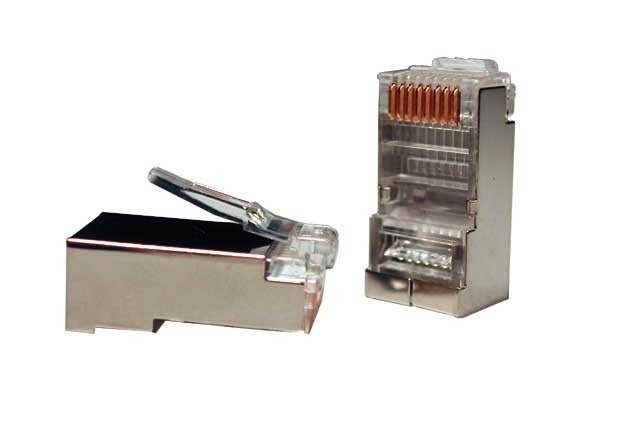
Installation of this device without shielded connectors is not permissible - The device is removed from the warranty.
Also under warranty, the grounding of the construction site was required (in my case, the old mast of the analog antenna).
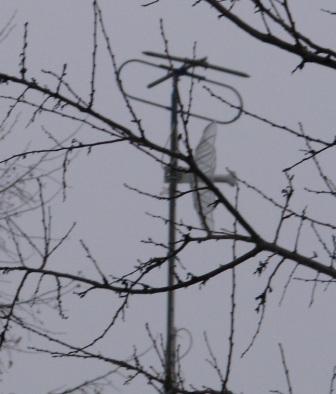
The second antenna was installed on the roof of a two-story building (a manhole on the roof, behind the glass).
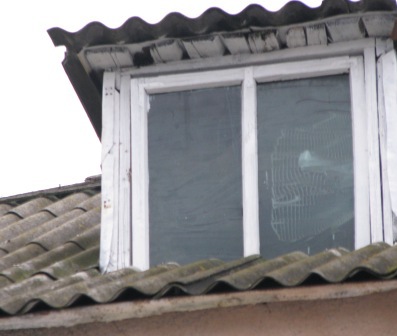
The glass is quite thick and did not affect the signal quality. I’ll add screenshots from the control panels at the bottom.
Used a cable for external (street) installation of Ubiquiti TOUGHCable PRO
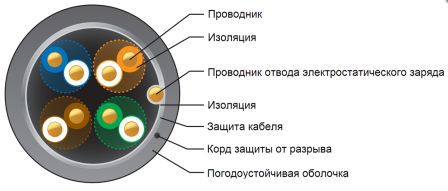
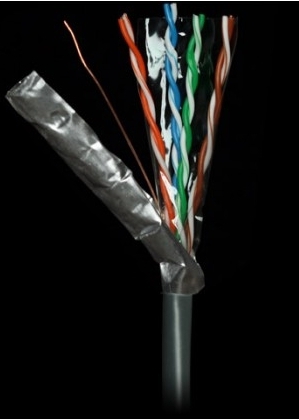
Before installing the antennas were tuned to the ground. Being near such an antenna (when they are turned on) I felt like on the tips of my ears the hairs stood on end. Probably some kind of radiation they created, most likely very harmful.
The speed in the room (during setup) is the same as without the network bridge - the speed at close distances was not lost (unlike the NanoStation 2), the ping between devices was less than 1 ms.
The setup took about 5 minutes - a fairly convenient and intuitive interface. There are many videos and tuning articles on the Internet.
There is no interface in Russian - this is the first minus, but it is insignificant.
The device has an LED indication of the signal - it is very convenient for fine-tuning the position of the antenna while on the roof.

Excellent quality fasteners - it is very easy to screw on the mast.
The mesh size is large - this is my own minus, you could take a model with a different mesh. e.g. 16dBi. There is no sail, the antenna does not depend on the wind and this is a plus.
The signal is very good - now even during rain, snow and strong winds the link is held.
The device is powered by twisted pair cable - no additional wires are needed.
Direct visibility is not required - under difficult conditions (many trees at a distance), setting the maximum power will work. Directional antennas and most importantly catch the desired degree.
It turned out to create a simple network bridge, without any "troubles" it works very stably. It happens that birds sit on the antenna, and this does not affect the link. As you can see from the screenshots, the speed between the point and the station is 65 Mbps. In the settings with the maximum settings (40 MHz), the maximum speed is 150 Mbps. I do not use it to the maximum in order to save electricity, and also in order not to attract the attention of regulatory authorities. And they already arrived, measurements within normal limits (kind people squealed).

In the car of the Radio Frequency Center, equipment has been installed that scans the radio frequency range, during the scan you can hear how the generator works in the car.
Speed on the modem is 35 Mbps. Skype is biased at the endpoint, and World of Tanks does not have an average ping of 38. The ping from the computer to the modem through the hub - network bridge - modem - is 1 - 3 ms. It has been working steadily for a year now. The firmware was easily updated from the official site, they are notified in the web interface about the new firmware. There is no limit to saving! Thanks for attention. I apologize for such an "extremely" similar description, and a tautology.
Goal.
Individual entrepreneurs are very economical and resourceful people, and in order to save a pretty penny they go to any tricks, like this time. The cost of the Internet for a legal entity is several times more expensive than for a physical one (I don’t know how you are). Our natural person pays 550 rubles for an average tariff. - with an Internet access speed of 35 Mb / s., And Legal - 1200 r. - for a speed of 1 Mb / s. and then more, it’s in the countryside, I don’t know how things are with the urban providers. An individual entrepreneur who rents a room and is engaged in the repair of computer equipment just needs to have access to the global network. And there’s one big minus of living in rural areas, I have only 1 provider and this is a monopoly, I absolutely can’t use the Internet from mobile operators, there’s always no speed,
Implementation Attempts.
It was decided to find an access point near the office. The nearest point was found at about 500 meters. There was no desire and opportunity to pull a twisted pair cable through five private houses and an administrative building (prosecutor's office). The height of the building is about 8 meters. Two Ubiquiti NanoStation 2 street access points were ordered in China at a price of 3,000 for 2 units, along with the cost of EMS delivery. For example, in domestic online stores, the cost of one point is 2400-2800. Received fast enough (1.5 weeks), configured and installed. The system gave a speed of 5-6 Mb / s. This was already a victory. During operation, points lost contact during rain or wind. The points were directed and between them were trees and an iron roof. (photo further). But the breaks did not upset us either. The system finalized until the fall. And one of the points ceased to be determined and began to bask. Attempts to flash were unsuccessful. After self-repair (heating with a hairdryer at a temperature of 360 degrees), she came to life. After working for another two months, she screwed up again in the same way, but after the repair did not come to life already.
You might think that I am a Jew, and all the time I think I am saving money, but I am not like that. Everyone looks at prices and makes decisions. By the time it broke down, the access points paid off twice (Internet price per month / equipment cost) and this is if we take the prices of an individual.
Terrain, height, distance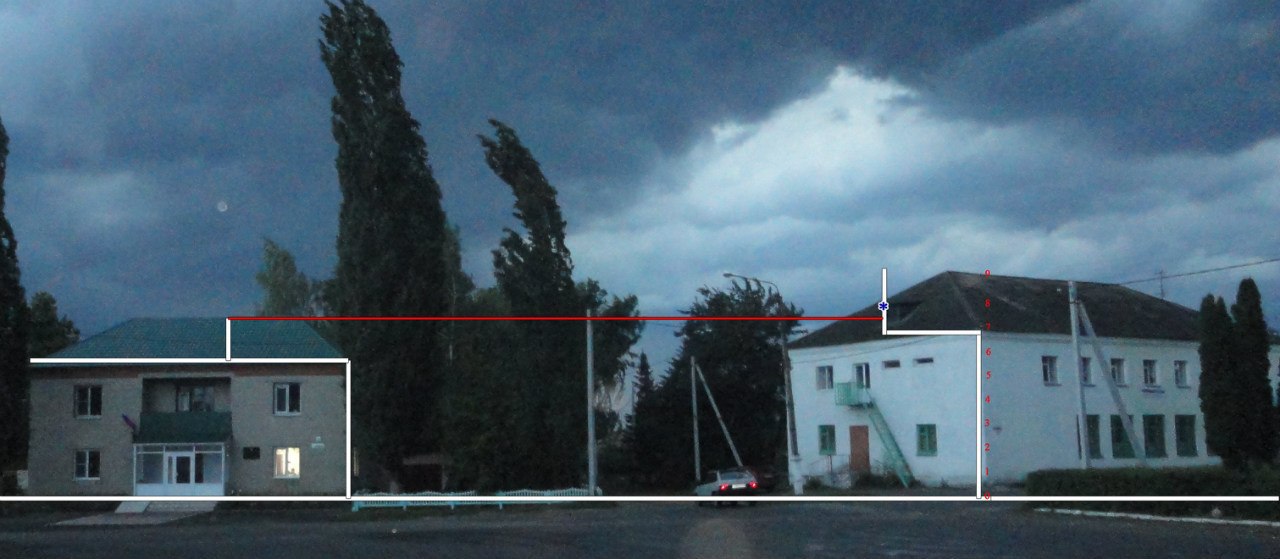


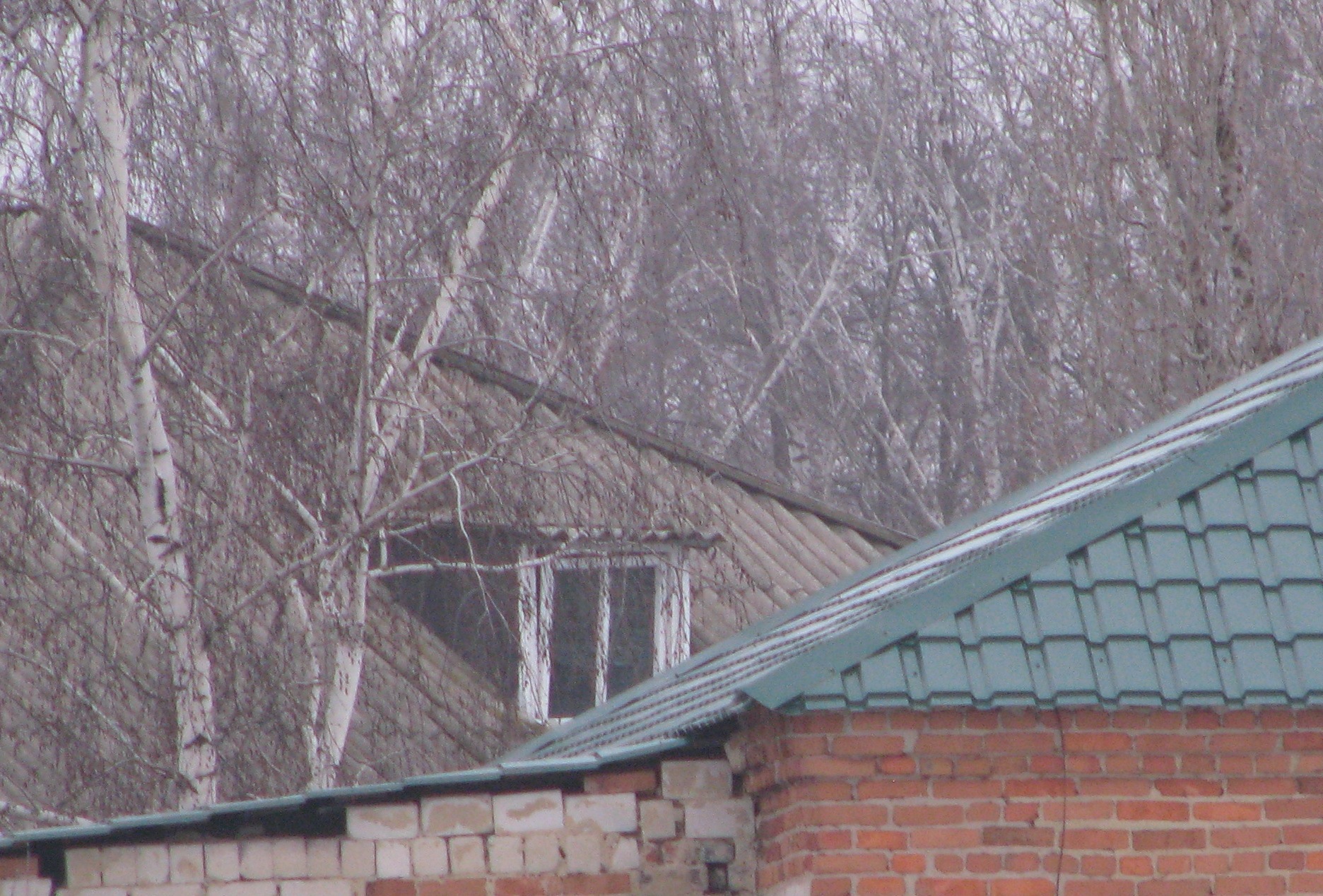




Implementation on the Ubiquiti AirGrid M5 HP 27dBi.
They began to look for more serious models from the Ubiquiti series, I really like the device control panels (I use several devices including UniFi). The choice fell on the AirGrid series, namely the M5.
As stated in the description:
- the device provides a reliable link at a distance of up to 30 kilometers (when using similar devices).
Installing this network bridge at 500 meters is not rational, but the price compared to NanoStation 2 for 1 device is the SAME! The maximum difference in online stores was 500 rubles.
Detailed description of the device, Photo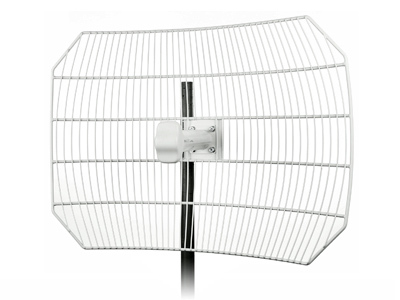

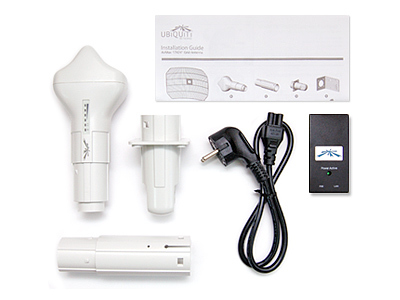





I did not want to order in China (they were very large-sized and would have to pay more for shipping, and the risks are great). Bought in one of the online stores with a guarantee - 1 year.
Shielded connectors were also purchased:

Installation of this device without shielded connectors is not permissible - The device is removed from the warranty.
Also under warranty, the grounding of the construction site was required (in my case, the old mast of the analog antenna).

The second antenna was installed on the roof of a two-story building (a manhole on the roof, behind the glass).

The glass is quite thick and did not affect the signal quality. I’ll add screenshots from the control panels at the bottom.
Used a cable for external (street) installation of Ubiquiti TOUGHCable PRO


Before installing the antennas were tuned to the ground. Being near such an antenna (when they are turned on) I felt like on the tips of my ears the hairs stood on end. Probably some kind of radiation they created, most likely very harmful.
The speed in the room (during setup) is the same as without the network bridge - the speed at close distances was not lost (unlike the NanoStation 2), the ping between devices was less than 1 ms.
The setup took about 5 minutes - a fairly convenient and intuitive interface. There are many videos and tuning articles on the Internet.
There is no interface in Russian - this is the first minus, but it is insignificant.
The device has an LED indication of the signal - it is very convenient for fine-tuning the position of the antenna while on the roof.

Excellent quality fasteners - it is very easy to screw on the mast.
The mesh size is large - this is my own minus, you could take a model with a different mesh. e.g. 16dBi. There is no sail, the antenna does not depend on the wind and this is a plus.
The signal is very good - now even during rain, snow and strong winds the link is held.
The device is powered by twisted pair cable - no additional wires are needed.
Direct visibility is not required - under difficult conditions (many trees at a distance), setting the maximum power will work. Directional antennas and most importantly catch the desired degree.
Interface, Access Point, my setup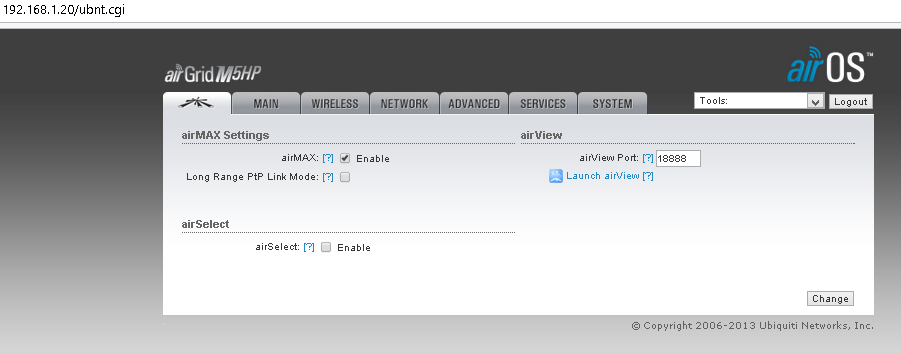

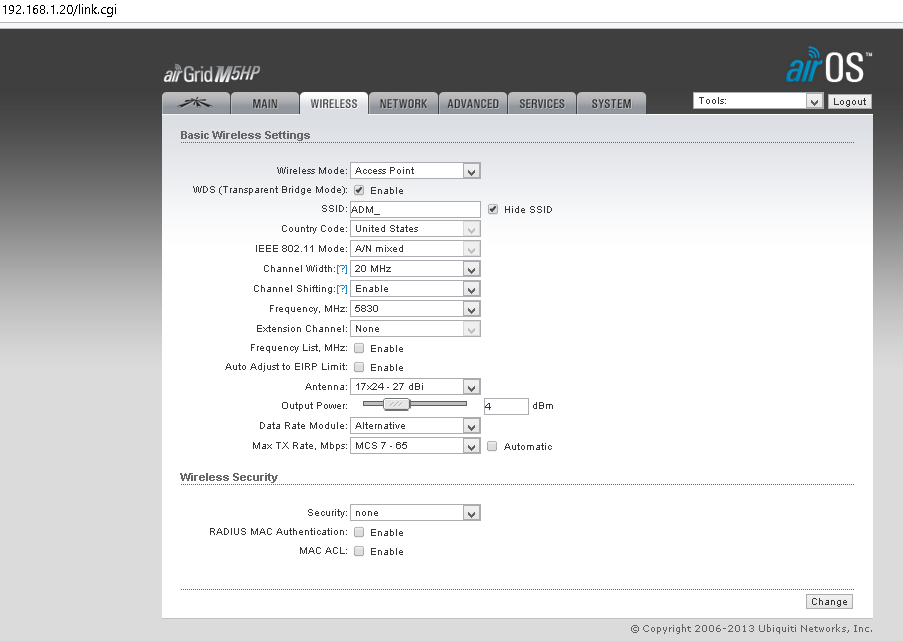
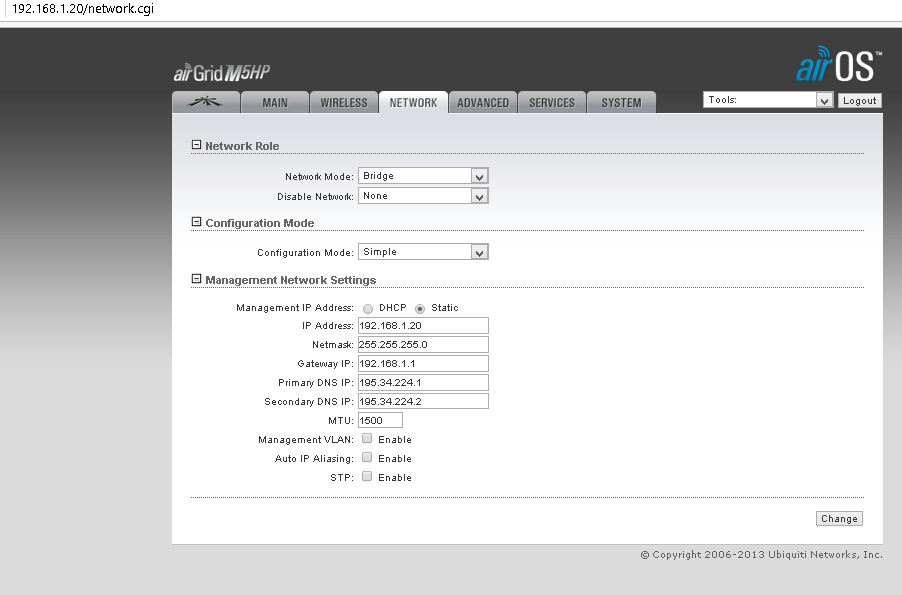










Interface, Client, my setup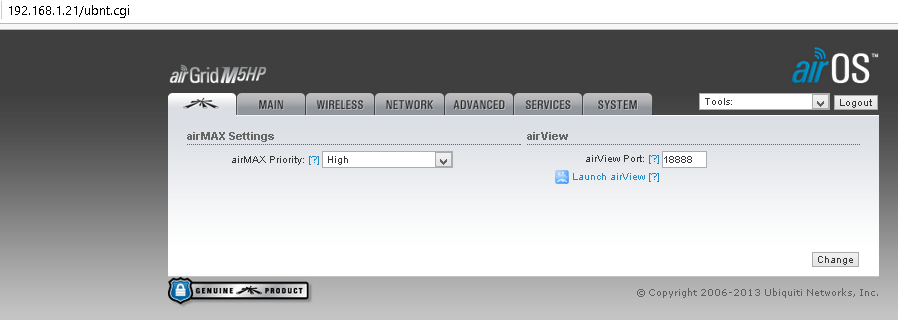
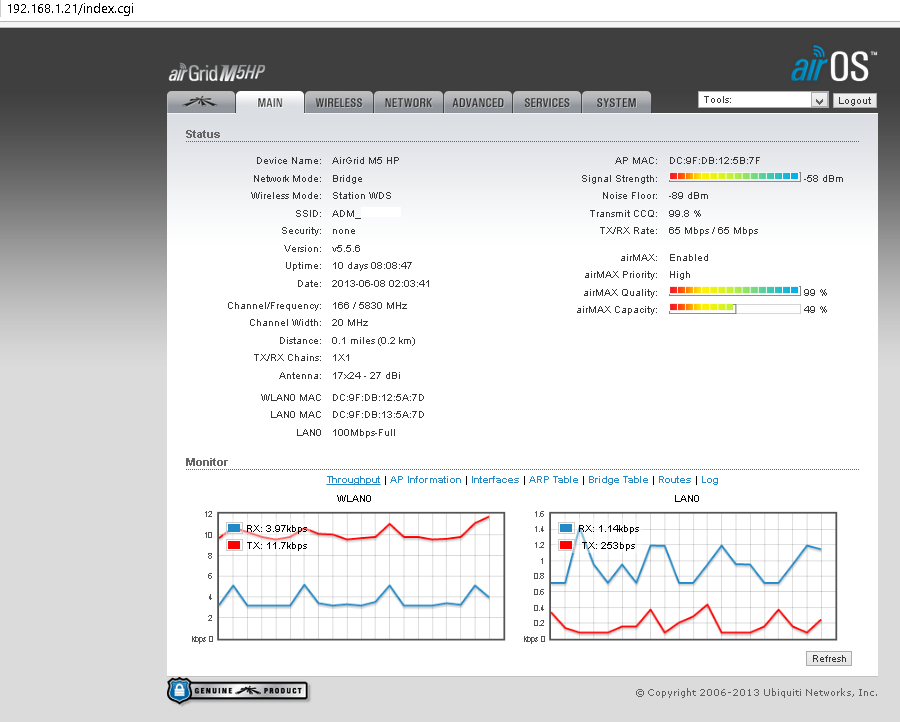



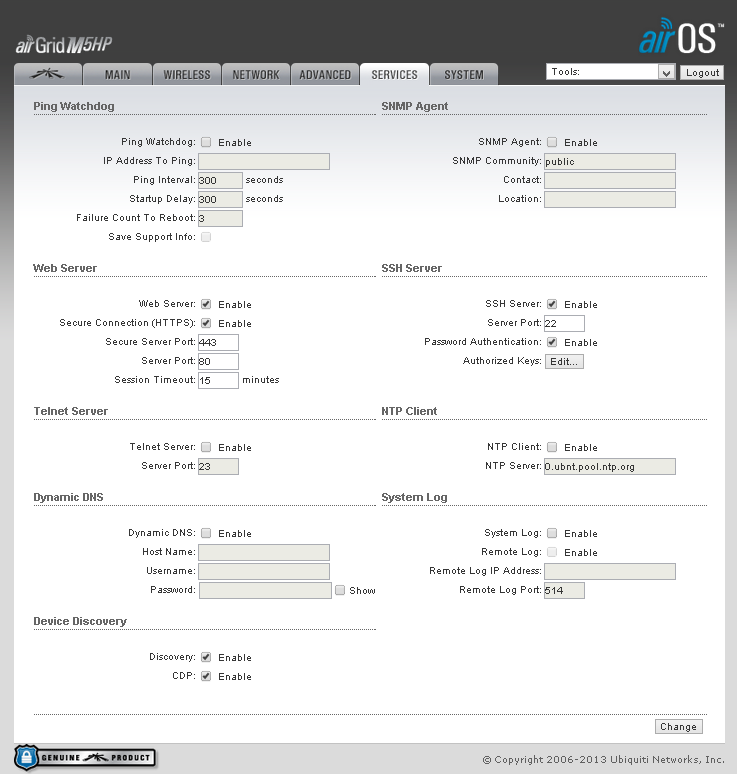








The results.
It turned out to create a simple network bridge, without any "troubles" it works very stably. It happens that birds sit on the antenna, and this does not affect the link. As you can see from the screenshots, the speed between the point and the station is 65 Mbps. In the settings with the maximum settings (40 MHz), the maximum speed is 150 Mbps. I do not use it to the maximum in order to save electricity, and also in order not to attract the attention of regulatory authorities. And they already arrived, measurements within normal limits (kind people squealed).

In the car of the Radio Frequency Center, equipment has been installed that scans the radio frequency range, during the scan you can hear how the generator works in the car.
Speed on the modem is 35 Mbps. Skype is biased at the endpoint, and World of Tanks does not have an average ping of 38. The ping from the computer to the modem through the hub - network bridge - modem - is 1 - 3 ms. It has been working steadily for a year now. The firmware was easily updated from the official site, they are notified in the web interface about the new firmware. There is no limit to saving! Thanks for attention. I apologize for such an "extremely" similar description, and a tautology.
